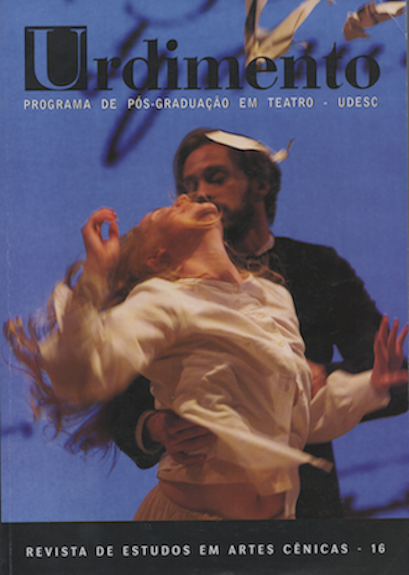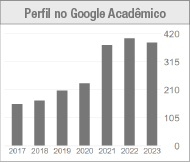Pontos e práticas: manifestos. Nostalgias futuras
DOI:
https://doi.org/10.5965/1414573101162011165Abstract
Os manifestos foram escritos tradicionalmente com a intenção de dar forma às ideias a ações políticas. Sua origem remonta ao Manifesto Comunista (1848) de Marx e Engles, um tratado e um chamado às armas. Meio século após, os direitos ‘universais’ das revoluções americana e francesa retomaram, embora de forma destorcida, alguns de seus princípios. Estes três foram os modelos para a maior parte dos manifestos escritos por artistas.O grande gesto dos manifestos, e seu sentido de utopia e justiça universal, tem sido realocado, na contemporaneidade, para ações mais locais e pontuais de inclusão artístico-cultural. A morte dos manifestos é ‘o fim da esperança como um gênero’, e hoje é substituído por intervenções performativas que ultrapassam o momento de suas declarações.
Downloads
Downloads
Published
How to Cite
Issue
Section
License
Copyright (c) 2011 Urdimento - Revista de Estudos em Artes Cênicas

This work is licensed under a Creative Commons Attribution 4.0 International License.
Copyright Statement
The articles published by the magazine are free to use. The copyright is all assigned to the magazine. The articles whose authors are identified represent the expression from the point of view of their authors and not the official position of the journal Urdimento. The author (s) undertakes whenever publishing material relating to the article published in Revista Urdimento mention the said publication as follows: This article was originally published by Urdimento magazine in its volume (put the volume), number (put the number) in the year of (put the year) and can be accessed at:
http://www.revistas.udesc.br/index.php/urdimento
This work is licensed under a Creative Commons Attribution 4.0 International License.




